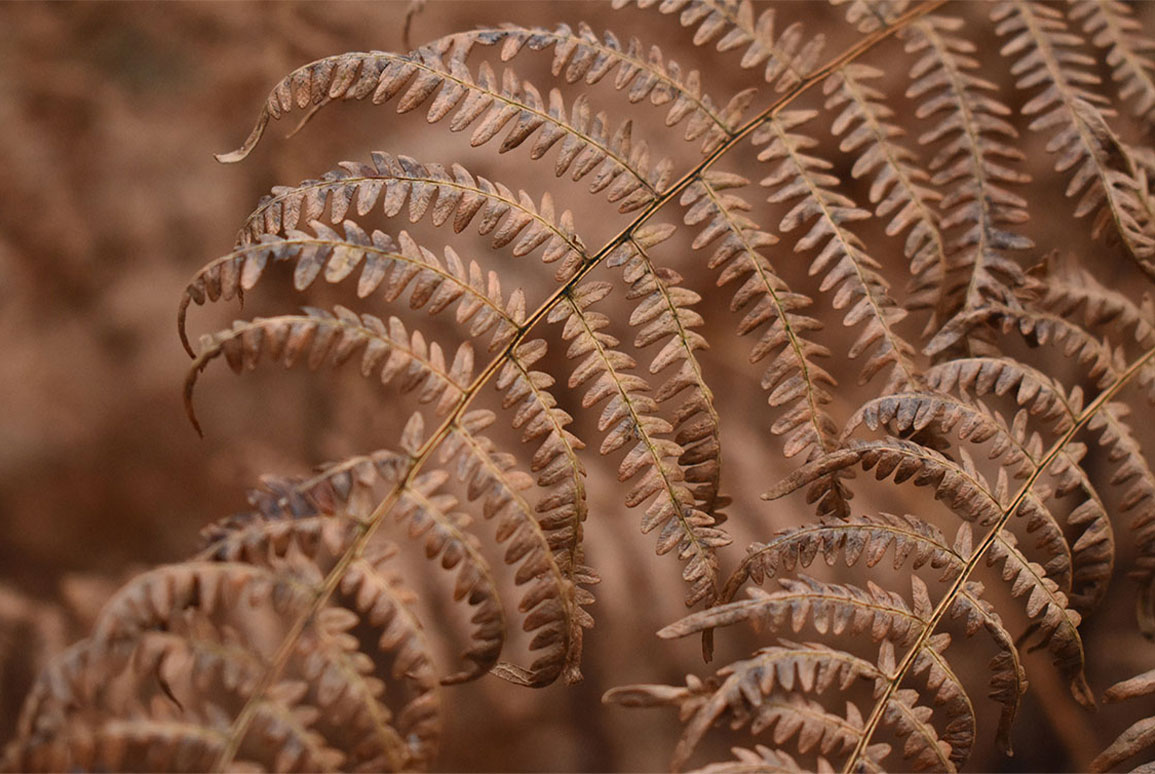The Big Dry: what drought means for our indigenous biodiversity
5 May 2020
Droughts are a relatively common occurrence in New Zealand; we normally experience some form of dry to very dry, or even drought conditions every year. This summer has been no exception – parts of New Zealand enter a fourth month of low rainfall conditions, and the North Island remains in the grip of a declared drought.

We know prolonged drought events will increase in frequency and severity due to climate change and a warming climate. We also know that drought is not just a local issue – it’s a concern worldwide. But what do these ever more frequent and severe conditions mean for our indigenous flora and fauna, and New Zealand’s unique habitats? And is there anything we can do to reduce the impacts of the inevitably warmer and drier future?
Severe drought can put a species, habitat or ecosystem, which may already be under stress from things like pest invasion, pollution, habitat loss and disease, under added pressure. For example, some plant species have been found more susceptible to disease when they are under stress from increasing temperatures and drought. One such example is Phytophthora (which means “plant destroyer”), a genus of fungi-like organisms that attack, weaken and ultimately kill plants – such as kauri dieback. Another that you may know well is myrtle rust, a fungus that attacks and can seriously affect myrtle species plants. In Aotearoa, this includes the indigenous species pohutukawa, manuka, kanuka and rata. With warming temperatures and prolonged and more frequent droughts not only can plants become more susceptible to disease, but the extent of these pathogens could extend further across the country. The mountain pine beetle, which normally attacks old and weakened trees, is thought to be responsible for killing 70-90% of trees in 35 million hectares of forest in the USA and Canada as a result of unusually warm and dry summers and mild winters. It’s evident that one drought may not make a difference but several in a row mean entire populations of plants or animals become vulnerable to attack.
Other impacts can be far more confronting. In a severe drought, the hardened ground can be problematic for some of our most charismatic species, like the kiwi. Kiwi feed mainly on insects and worms; adult kiwi have powerful claws that they use to break apart rotten logs and feast on the invertebrates within. However, young kiwi don’t have the same strength and if they can’t break through the rock-hard ground to feed, they can become dehydrated. As a consequence, kiwi are increasing their home ranges in response to drought, to find water and other resources. Young kiwi are being attracted to water troughs found on nearby farmlands. At least six birds have been taken to the Native Bird Recovery Centre in Northland after being found dehydrated in fields, or drowning in troughs this summer.
Kiwi are not the only birds increasing their home ranges to combat drought. One fifth of our native bird species use wetlands as their primary habitat or rely on them for resting or feeding during migration. This summer, conditions throughout the North Island have been so dry that wetlands, which usually act as drought refugia, completely dried up. Wetland birds have been forced to venture further to find habitat, increasing the likelihood of human-wildlife conflicts.
Drought also brings additional stressors to waterways; groundwater is not recharged so spring heads are drying, hill–fed streams are not receiving rain to provide continued surface flow. These drought-induced lower flows can further concentrate contaminants present in the waterway and water temperatures can be so extreme that waterways may no longer support life. Earlier this year, a wicked combination of nutrient-rich, poor water–quality conditions, and drought shifted a Hauraki Plains waterway from a bad situation towards an environmental catastrophe. The high-water temperatures and increased nutrient load led to a toxic algal bloom and then, adding salt to the wound, botulism broke out among ducks and shorebirds. Blocked floodgates stopped eels escaping these conditions, instead leaving them to bake in the “toxic soup”. Volunteers removed more than one thousand dead eels and ducks from the waterway.
Perhaps one of the more critical outcomes of drought conditions is the effect that it can have on essential services provided by ecosystems, such as pollination. Decreased availability of water can decrease both nectar and pollen production. The flow on (excuse the pun!) is that in dry years low nectar availability can cause nectar–feeding birds and bees to visit flowers at a higher rate, and low pollen availability could result in less pollen deposition. Plants respond to drought in various ways, from producing fewer flowers to producing flowers that contained no nectar. Recent research has shown that overall there can be a significant reduction in the number of flowers that are available, which means less food for flower-visiting insects such as bees. Bees themselves suffer dehydration, and this can lead to extended foraging time. Some households in Auckland have been providing ‘drinking stations’ in their gardens for honeybees.
So, what can we do to reduce the impacts of drought on biodiversity, and how can we assist wildlife and plants during the ‘big dry’? The bigger picture is complex: it’s about reversing the effects of climate change, reducing emissions and reversing climate warming; modifying and diversifying land use to reduce demands on water. On a smaller scale, we can do the simple task of ensuring there is a safe source of water in our gardens for wildlife in urban and rural areas.
The greater challenge is ensuring that our native wildlife and plants remain resilient in their natural habitats. This will come through practiced conservation efforts – restoring habitats, reducing the pressure from introduced predators and grazing animals, and reducing competition from introduced pest plants. We can’t make it rain, but we can lend a helping hand – and provide the best chance for our unique biodiversity to survive and thrive through drought periods.

